BENZ MICRO Lukaschek PP1 T9 MC Phono Preamplifier [2nd hand]
2nd hand product, in very good conditions, with original box, 1 year warranty.
Lukaschek PP1 T9
Ideal for enhancing the musical qualities of the famous Benz cartridges
The small size of the PP-1 allows close placement to the turntable, minimising signal leads from the tonearm. The whole power supply is inboard the PP-1 chassis except for an external power transformer, which is outboard to eliminate magnetic field interaction. The miniature size of the PP-1 allows all circuit components to be very close to one another. This significantly reduces circuit board traces, which could introduce noise and sonic degradation. The PP-1 is optimised for moving coil amplification, thus does not provide switches and or jumpers for gain setting or resistive loading. This elimination of unneeded circuit junction points preserves the low noise/high performance characteristics of this superb phono preamp.
By using only 2 transistors in each amplifier stage, perfect stability and extreme fast transient response is achieved. This provides the high degree of transparency and accuracy of the PP-1. High quality double-sided glass epoxy circuit boards with carefully designed topology (CAD) have been applied in order to ensure shortest possible signal paths. Low noise matched bipolar transistors were selected for this purpose. All resistors are high quality metal film with 1% tolerance. Within the RIAA network, only 1% polystyrene capacitors have been used, with high quality metalized plastic-film capacitors in the coupling function.
This stage is also individually regulated with discrete transistors in a constant-load configuration. Lukaschek finds this new regulator, in conjunction with his polarity inverting RIAA filter, yields reduced distortion and a more exact implementation of the RIAA equalisation curves. The increased resolution afforded by these improvements exposed previously audible artifacts due to circuit board layout. Lukaschek then spent a number of months optimising component placement and circuit-board trace layout, before the final revision was complete.
IMPROVEMENTS
- Slightly warmer tonal balance
- More resolution and extension
- Bass is bigger and more solid; highs are effortless, open, transparent and totally devoid of smearing.
- Focus, soundstage, depth and dimensionality improvements
SPECIFICATIONS
- RIAA equalization: +/- .5 dB
- Integrated rumble filter: 10 Hz (-1 dB @ 20 Hz)
- Gain at 1 kHz: 1,280 (62 dB)
- Crosstalk: Below measuring range
- Signal to noise ratio (.5 mV, 0 ohm): 82 dB (IHF “A”)
- Maximum input voltage: 5 mV (1 kHz)
- Input impedance: 22k ohms
![BENZ MICRO Lukaschek PP1 MC Phono Preamplifier [2nd hand] BENZ MICRO Lukaschek PP1 MC Phono Preamplifier [2nd hand]](https://www.playstereo.com/21776-big_default/benz-micro-lukaschek-pp1-t9-mc-phono-preamplifier-2nd-hand-.jpg)
![BENZ MICRO Lukaschek PP1 MC Phono Preamplifier [2nd hand] BENZ MICRO Lukaschek PP1 MC Phono Preamplifier [2nd hand]](https://www.playstereo.com/21776-small_default/benz-micro-lukaschek-pp1-t9-mc-phono-preamplifier-2nd-hand-.jpg)
![BENZ MICRO Lukaschek PP1 T9 MC Phono Preamplifier [2nd hand]](https://www.playstereo.com/21776-medium_default/benz-micro-lukaschek-pp1-t9-mc-phono-preamplifier-2nd-hand-.jpg)
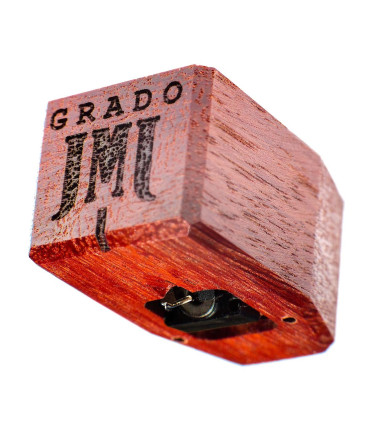
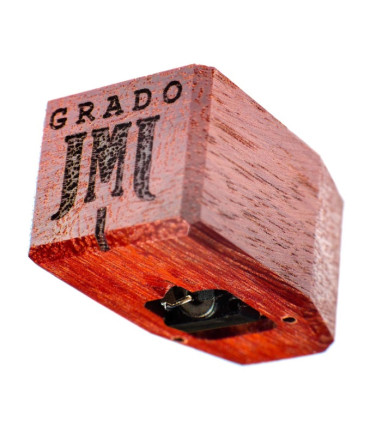
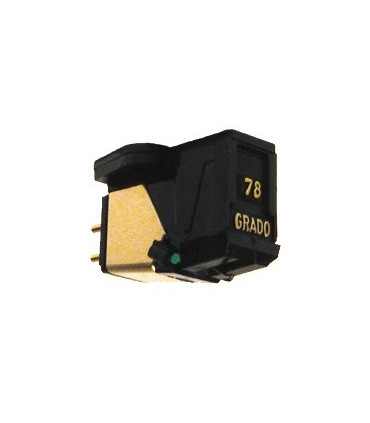
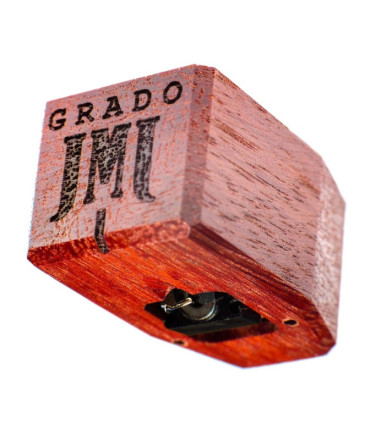
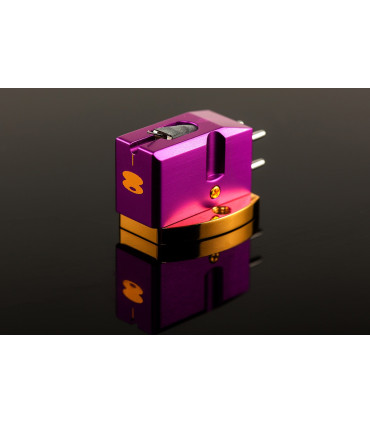
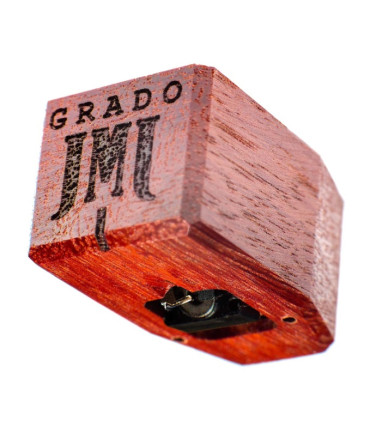
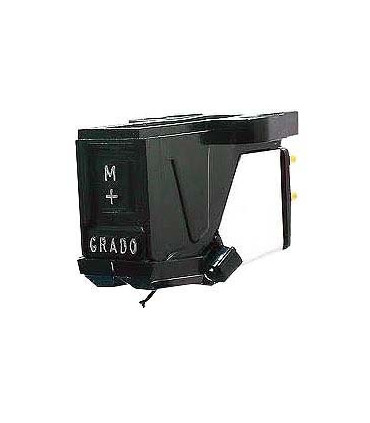
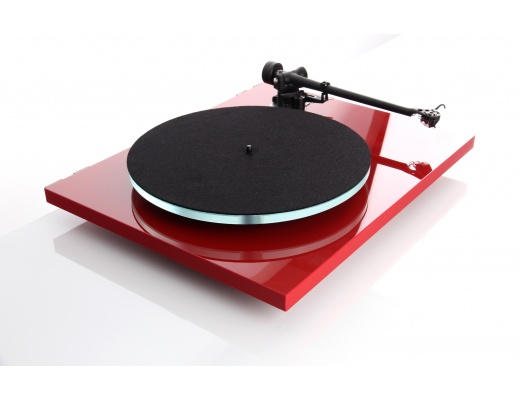
![HANA-SL MC Low Output Phono Cartridge [b-Stock]](https://www.playstereo.com/13956-home_default/hana-sl-mc-low-output-phono-cartridge-b-stock-.jpg)
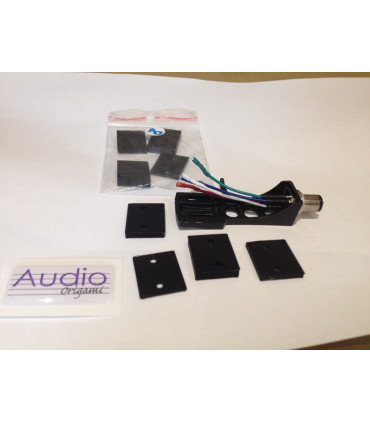
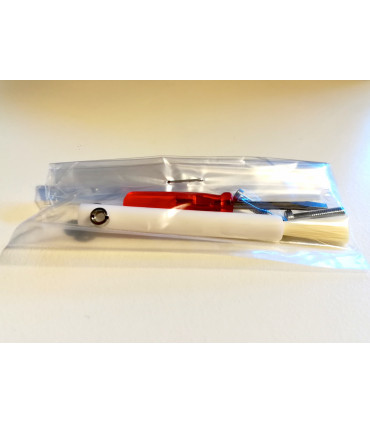
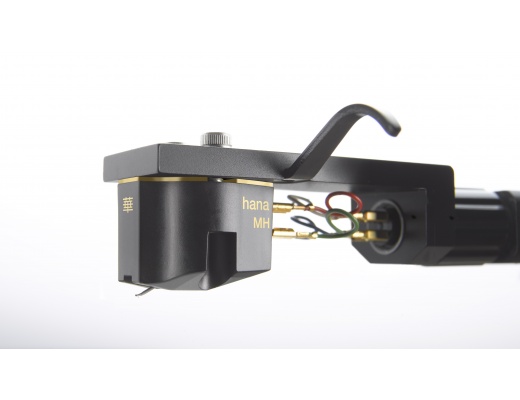

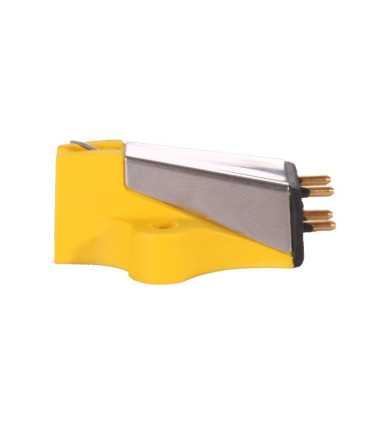
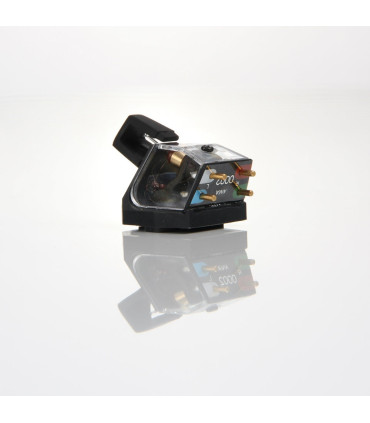
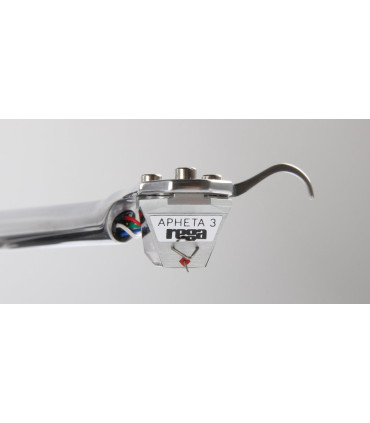
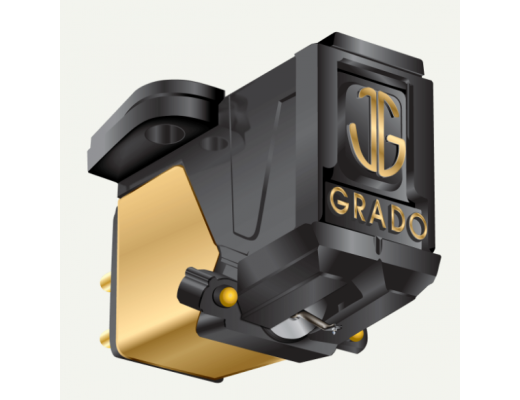
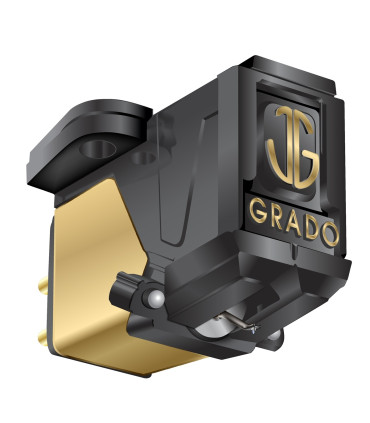
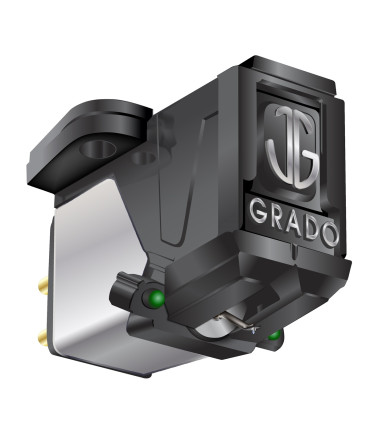
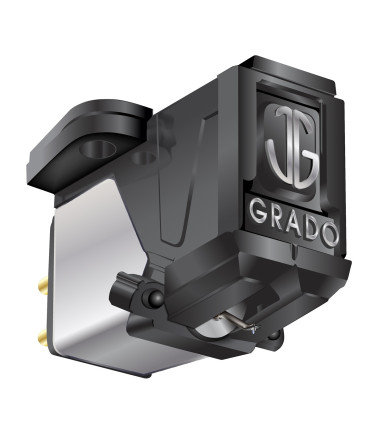
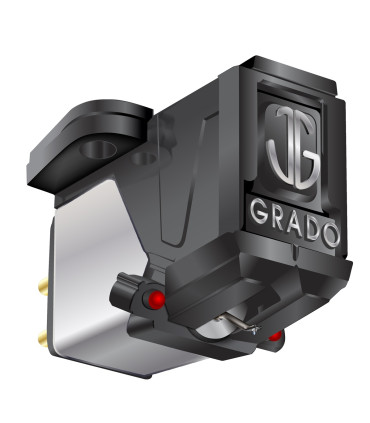
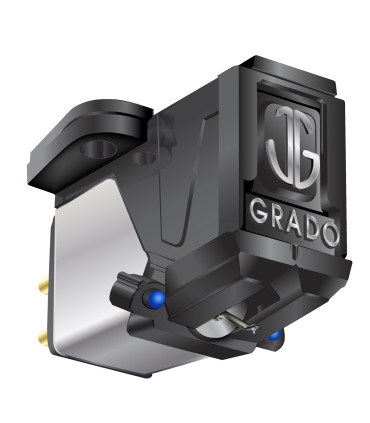
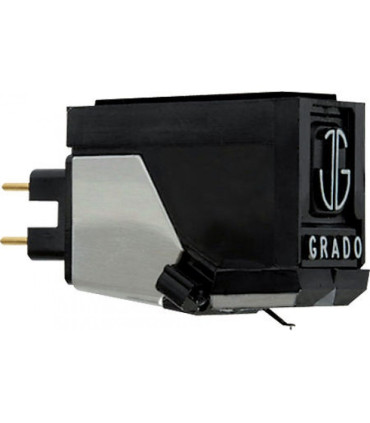
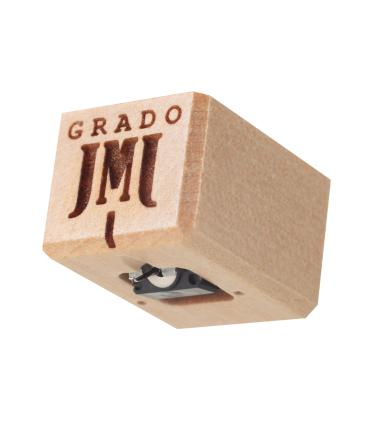
![SHELTER 201 MM phono cartridge [2nd hand]](https://www.playstereo.com/19259-home_default/shelter-201-mm-phono-cartridge-2nd-hand-.jpg)
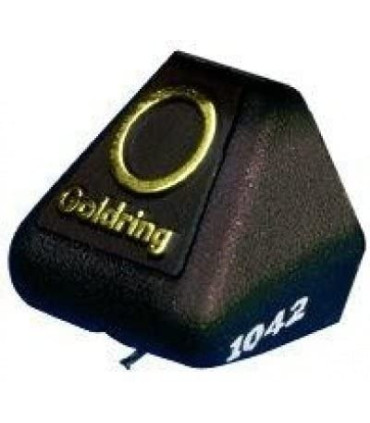
![Grado Prestige Green 3 Phono Cartridge [b-Stock]](https://www.playstereo.com/22151-home_default/grado-prestige-green-3-phono-cartridge-b-stock-.jpg)
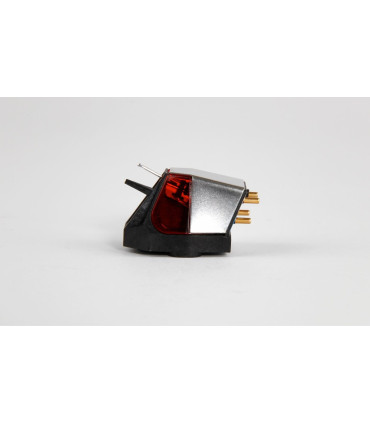
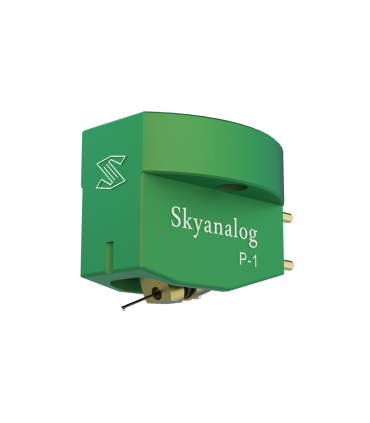
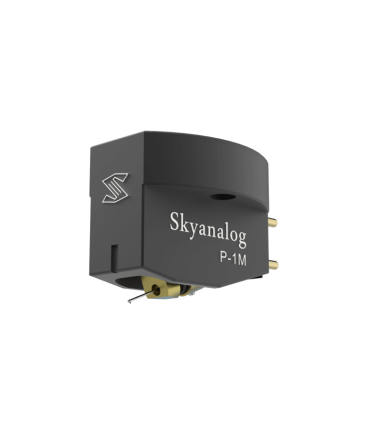
![BENZ MICRO Lukaschek PP1 MC Phono Preamplifier [2nd hand]](https://www.playstereo.com/21776-home_default/benz-micro-lukaschek-pp1-t9-mc-phono-preamplifier-2nd-hand-.jpg)

















